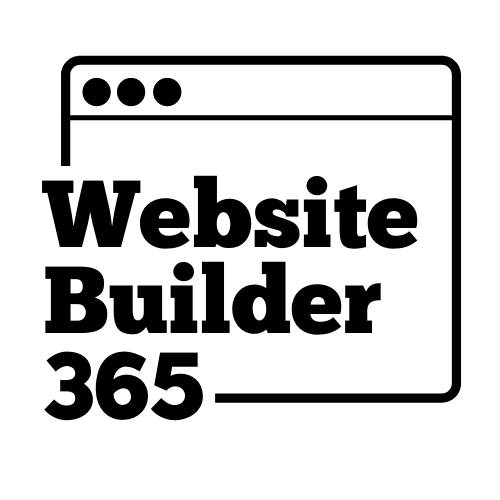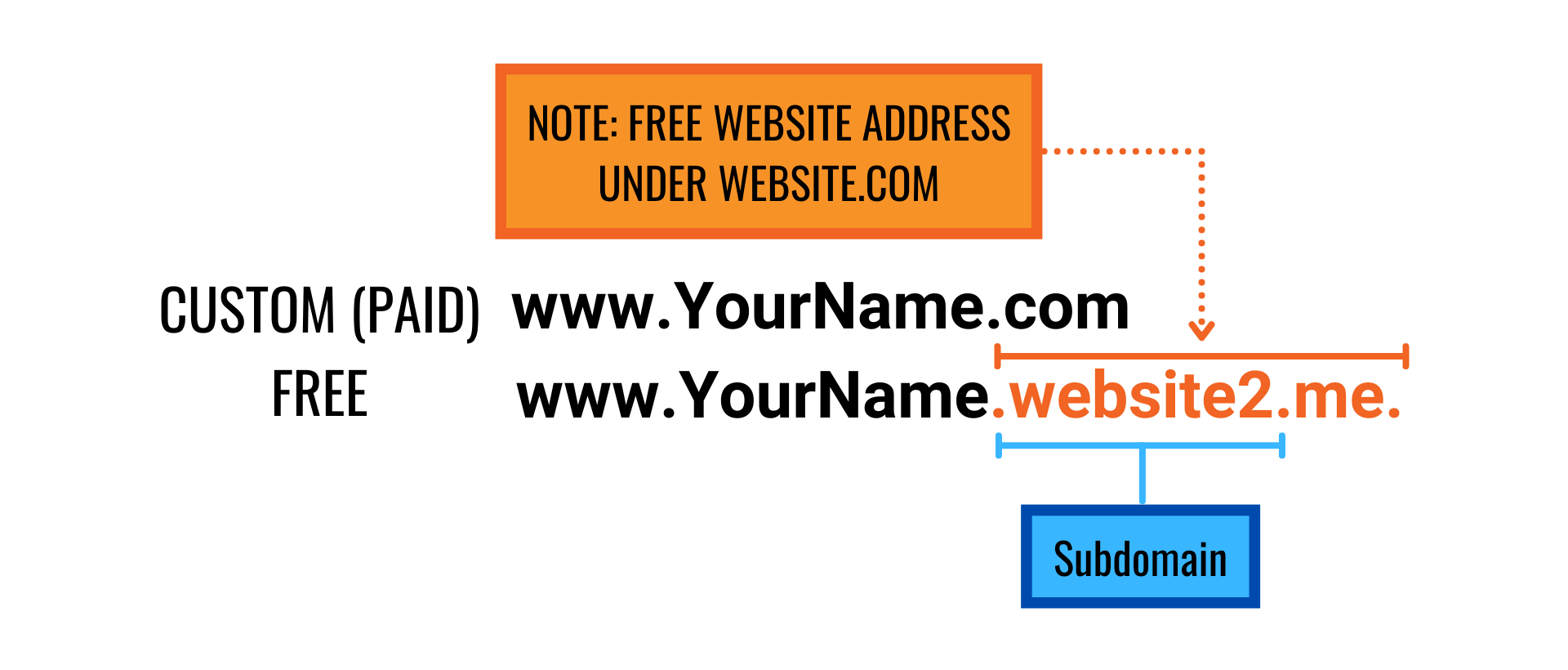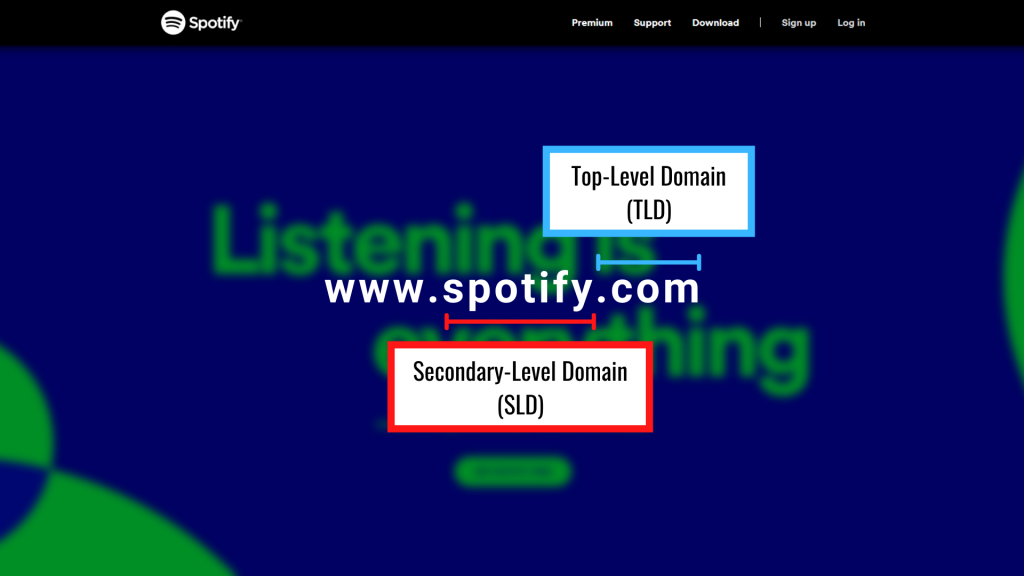What is a Domain Name?
A Simple Guide To Domain Name & What Should You Look Out For
A lot of beginners often confuse “domain name” and “web hosting”. That was me too in the very beginning, confused after seeing two different billings when I need to renew my website subscription plan.
In this article, I will be talking about what a domain name is and how does it work. I will also go through some tips on choosing a domain name and things that you should note as a website owner.
What Is A Domain Name?
Whenever you are getting to a particular website, you will type the website link in the web browser address bar—say “google.com” for Google, “youtube.com” for Youtube, “spotify.com” for Spotify, “netflix.com” for Netflix, etc.—these are examples of domain names. They are a part of the addresses people will type in the address bar when getting (directly) to your website, while web hosting is where your website will be living on. And only with both elements present, you will then have a website of yours.
Note: Domain name and web hosting are two separate things, it is not a must to have your domain name and web hosting plan from the same company. It all depends on the type of website building service you have chosen.
What Is A Custom Domain Name?
First thing first, in order to get a custom domain name, you will have to pay for securing your ownership over the name. It is a unique name that cannot be shared between websites.
Some may say “hey, but you don’t need to pay for a domain name and you can still build a website.” This is true, but this is what we call a free website address, which might come with a sub-domain name. For instance, if you choose to build your website with Website.com (I’ve written a guide on how you can build a website using their website builder here), the web address will be “YourName.website2.me” (free, with subdomain), instead of just “YourName.com” (paid, without subdomain).
A domain name is like your name. People recognize who you are by calling out your name, people recognize your website by typing out the web address. A domain name represents who you are in the online space.
Why Would You Want A Custom Domain Name?
Easy to Remember
People generally have very short memories, or their brain capacity might just be too small for another “complicated name”. You might wonder, how is YourName.website.com complicated? That’s true, it’s not that complicated, but you are making people memorize which web hosting provider/website building service company are you using. If you are willing to spend some money to buy a domain name, your visitors will only need to remember “YourName”, but not “YourName, wait, is it Website? Wix? Or Squarespace?”
Not to mention that if people bookmark your free domain website and you’ve later on changed your service provider, anything that your visitors have bookmarked/save is still your previous website address. The web browsers will not automatically change the address for them.
Legitimacy and Credibility
A website with a custom domain name is likely to be seen as more legitimate compared to those showing subdomains. Just imagine seeing “YourBusiness.com” and “YourBusiness.website.com”, you might see the latter one as less authoritative and serious about the business. This might be how your potential customers are thinking too.
Protecting your brand
Another reason, which is more for protecting your image. Remember what I’ve just mentioned about your domain name is representing you in the online space? It is now very easy for people to go online and look for information about a person or business. Imagine your business partner go to Google and type your name in the search bar (and unfortunately you’ve got a pretty generic name. They come across a website with a domain name very similar to your name or your business name, but the content in that website is, let’s just say it’s “interesting”. What an awkward moment isn’t it.
Domain Extensions: What Is It?
More and more people and businesses are building websites. If you have a generic name or business name, you might find that your ideal domain name has been registered by others.
There are different ways to go around this. You can add variations to your domain name, for instance, if you are creating a photography portfolio, you can add photography to your domain name (YourNamephotography.com). Or alternatively, you can opt to change your domain extension, or professionally top-level domain (TLD)—“YourName.photo”.
Second-Level Domain (SLD)
Let’s first start with the second-level domain, this is what your visitors associate with you. Using “www.spotify.com” as an example, “spotify” is the SLD of your web address. It is your online name representing who you are, therefore it is better to spend some time thinking about it when creating one.
Top-Level Domain (TLD)
A top-level domain refers to the part that comes right after your second-level domain. It is the “.com” part of “www.spotify.com”.
.com is not the only TLD you can use, there are others like .net, .blog, .co, and more. We can further divide TLD into two main categories: country code or generic.
Country Code Top-Level Domain (ccTLD)
If you’re a small business only targeting people in a specific country/region, or you need to specify where your business or organization is based, you can opt to use these country code top-level domain (ccTLD) s as the domain extension of your website. These are .ca (Canada), .de (Germany), .ie (Ireland), .jp (Japan), .co.uk (UK), .us (US), etc.
However, be aware that some ccTLDs might have specific registration requirements—to register for a .us ccTLD, you would either need to be a U.S. citizen, resident, organization, or a foreign entity with a U.S. presence.
Another thing to keep in mind is that if you are targeting an international audience, it’s generally recommended to stick with non-country-specific ones like .com. That being said, Google, in general, is more likely to flavor ccTLD websites in the corresponding countries. Therefore, say if you’re a Canadian company but also aiming to sell internationally, it will be a good investment to own both .ca and .com.
Fun fact: Some people might register .co as their domain extension thinking it’s a general TLD since it resembles .com and an abbreviation for the word “company.” Well in fact, .co is actually a ccTLD for Columbia, just without restrictions for registration.
General Top-Level Domain (gTLD)
These TLDs ranging from tradition ones such as .com, .net, .edu (educational institutions), .org (institutions or organizations), to newer ones like .blog, .io, .biz, etc.
Just be aware that these newer TLDs are often tied with a certain type of industry. For instance, .app (companies that offer apps), .biz (business), .dev (developers and technology), .io (gaming, start-up, SaaS, technology), etc.
Brainstorm and Claim Your Domain Name First
You can buy domain names from many different services, I would recommend checking out Doteasy or Google to start. Doteasy is also a WordPress hosting service provider, offering pre-installation and auto-update services, which are usually done by website owners themselves. They currently offer hosting plan deals with great included features like free domain registration, guaranteed 99.9% site uptime, and access to knowledgeable and dependable in-house support, so you’re getting great value at affordable prices. On the other hand, if you are planning to build a website already but are not keen on using content management systems like WordPress (since it does have a steeper learning curve), check out Website.com’s domain name search to obtain a unique domain name.


